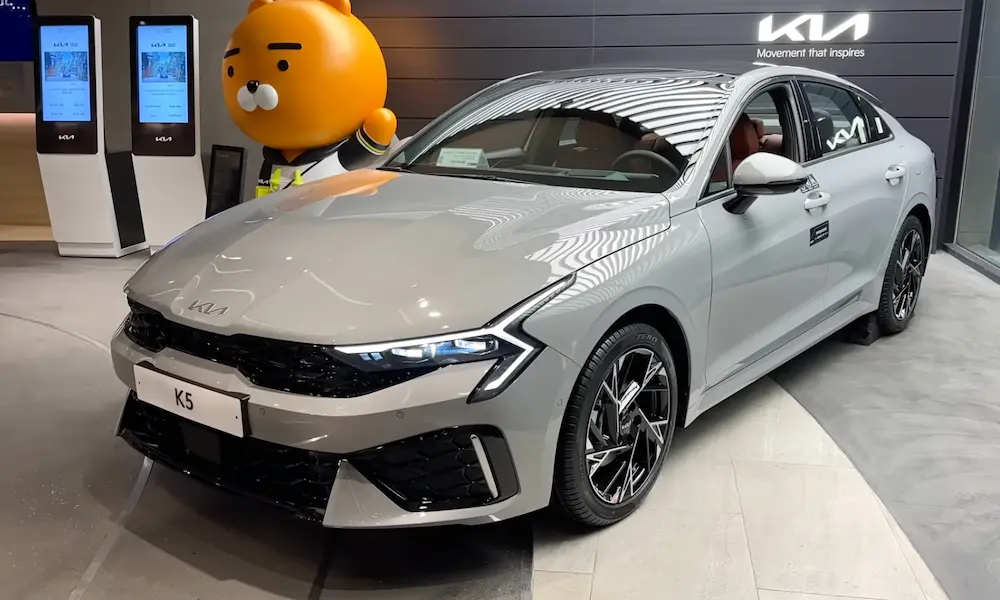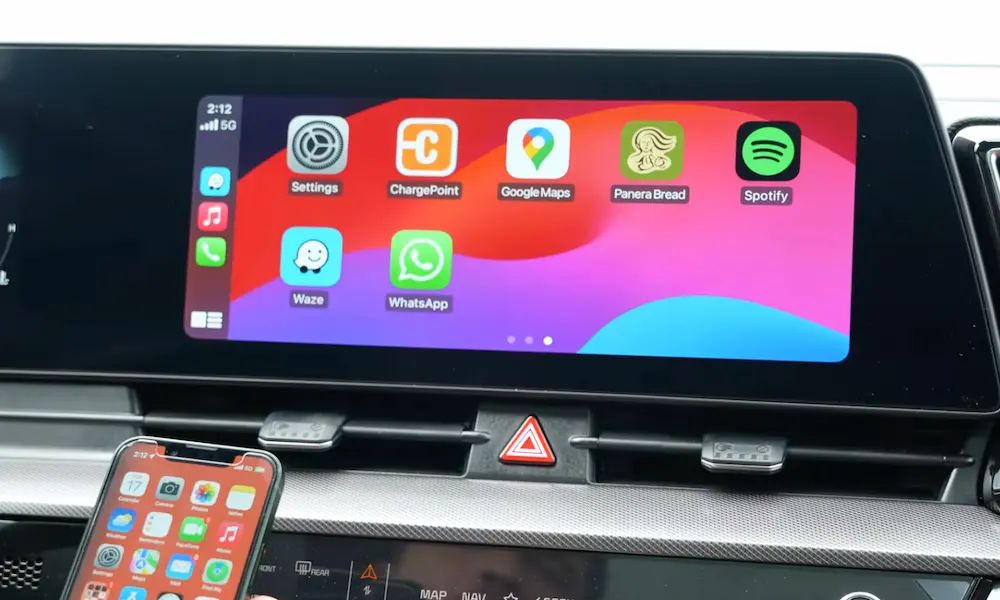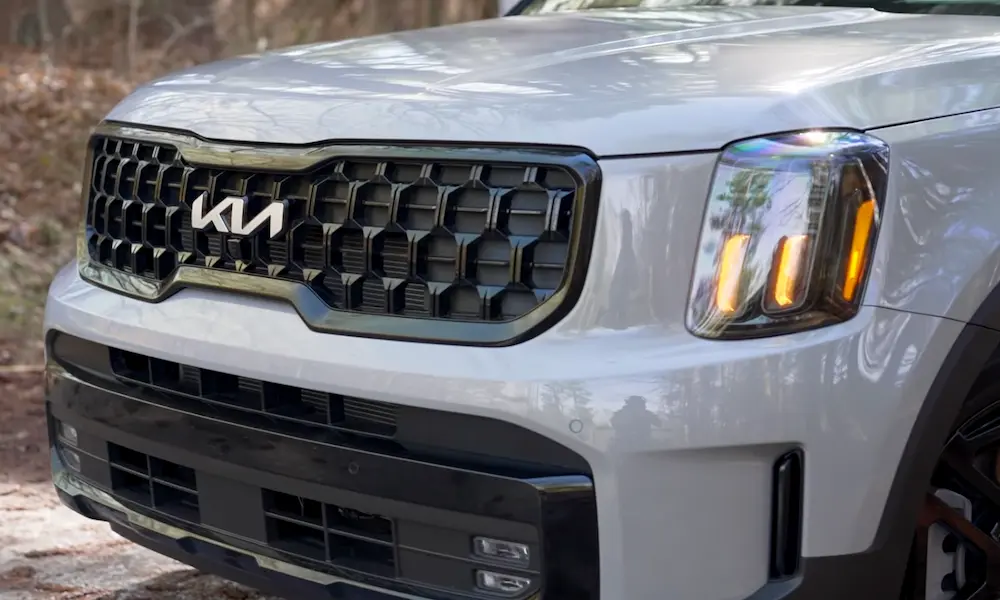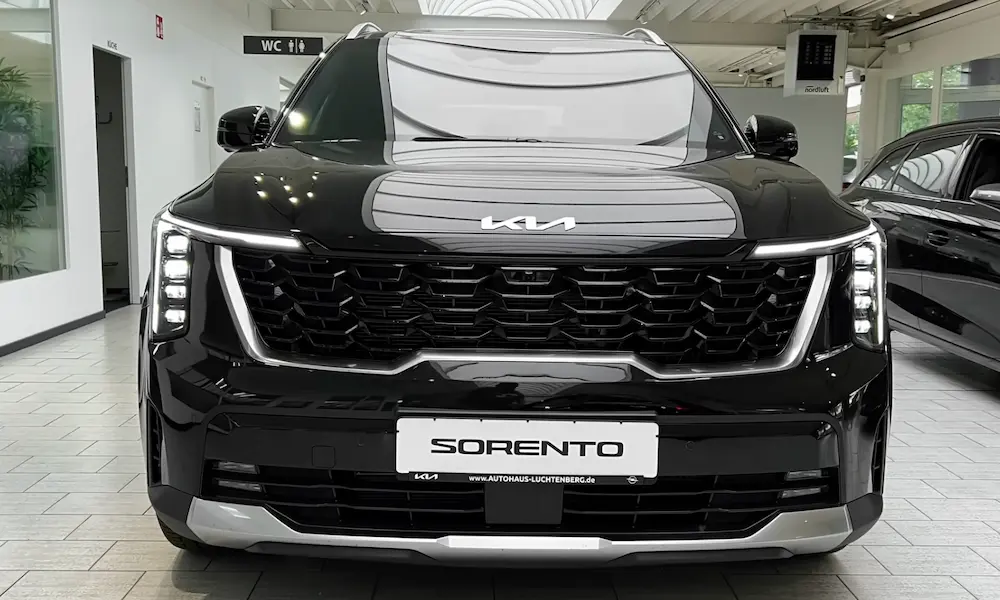Ever been changing lanes and felt that moment of panic when a car appears out of nowhere? That’s where Kia’s Blind Spot Collision Warning system comes in. This safety feature acts like an extra pair of eyes, watching those tricky areas you can’t always see clearly.
Let’s dive into everything you need to know about this system – how it works, what to do when it has problems, and how to get the most out of this potentially life-saving technology.
What Is Kia’s Blind Spot Collision Warning System?
Kia’s Blind Spot Collision Warning (BCW) system is a safety feature that uses radar sensors to detect vehicles in your blind spots. When a vehicle enters your blind zone, the system alerts you with visual warnings in your side mirrors. If you signal to change lanes while a vehicle is detected, the system escalates to audible warnings and steering wheel vibrations to help prevent a collision.
The system is part of Kia’s broader Blind Spot Collision-Avoidance Assist (BCA), which can even apply brakes to help avoid accidents in high-risk situations. This technology is especially helpful during lane changes and when backing out of parking spaces with limited visibility.
How Does Kia’s BCW System Work?
Kia’s blind spot system uses sophisticated radar technology to monitor areas you can’t easily see.
Radar Sensors and Detection Range
The system relies on radar sensors installed in your rear bumper. These sensors can detect vehicles approaching from behind or positioned in your blind spots up to approximately 230 feet away when you’re traveling above 20 mph.
The sensors continuously scan adjacent lanes, focusing on the areas that traditional mirrors can’t cover effectively. This creates a safety net that helps prevent one of the most common types of highway collisions.
Warning Indicators and Alerts
When the system detects a vehicle in your blind spot, it triggers a series of escalating warnings:
- Visual alerts: LED indicators light up in your side mirrors
- Audible warnings: If you signal to change lanes while a vehicle is detected
- Haptic feedback: Steering wheel vibrations as a final warning
This multi-stage alert system is designed to catch your attention without being overly intrusive during normal driving.
Automatic Intervention Capabilities
In higher-end Kia models with the full BCA system, the technology does more than just warn you. If you attempt to change lanes when a collision risk is detected, the system can apply selective braking to help nudge your vehicle back into its lane.
Similarly, when backing out of a parking space, the Rear Cross-Traffic Collision-Avoidance Assist feature (part of the same system) can detect approaching vehicles and apply brakes if needed.
Common BCW System Malfunctions and Messages
Even the most reliable systems occasionally encounter issues. Here’s how to interpret and address common BCW problems.
“Blind-Spot Safety System Disabled: Radar Blocked”
This message appears when something is preventing your radar sensors from working properly. The most common causes include:
- Snow, ice, or mud covering the rear bumper
- Heavy rain or dense fog
- Extremely hot or cold temperatures (-22°F to 158°F)
- Driving near high-voltage power lines or radio towers
Solution: Clean your rear bumper, especially around the corners where the sensors are located. Allow your vehicle to warm up or cool down if extreme temperatures are the issue. If the message persists after addressing these factors, you may need professional diagnosis.
“Check Blind-Spot Collision Warning System”
This more serious warning, often accompanied by an illuminated master warning light, indicates a potential system malfunction. Owners in online forums have reported this message appearing alongside other warnings like ABS faults.
Potential causes include:
- Damaged wiring to the radar sensors
- Misaligned sensors (common after a rear-end collision)
- Internal sensor failure
- Software glitches
This warning typically requires professional attention, as fixing it may involve specialized diagnostic equipment.
Inconsistent or False Warnings
Sometimes the system might alert you when there’s no vehicle present or fail to warn you when there is one. These inconsistencies can result from:
- Driving on curved roads where the radar’s line of sight is affected
- Guardrails or roadside objects being misidentified as vehicles
- Small vehicles like motorcycles being missed by the sensors
- High-speed vehicles approaching too rapidly
While occasional false alerts are normal, frequent inconsistencies might indicate a need for sensor recalibration.
How to Troubleshoot BCW Problems Yourself
Before heading to the dealership, try these troubleshooting steps to resolve common issues.
Cleaning Radar Sensors
Dirty sensors are the most common cause of BCW malfunctions. To clean them:
- Locate the sensors in your rear bumper (typically at the corners)
- Gently clean the area with a soft, damp cloth
- Remove any dirt, snow, ice, or debris
- Avoid using chemical cleaners directly on the sensors
- Make sure the area is completely dry before testing
Regular cleaning is especially important during winter months or when driving on muddy roads.
System Resets and Vehicle Restart Procedures
If cleaning doesn’t resolve the issue, try resetting the system:
- Turn off your vehicle completely
- Wait at least 30 seconds (this allows the electrical systems to fully reset)
- Restart your vehicle
- Drive above 20 mph to activate the system
- Check if warning messages have cleared
For more stubborn glitches, try disconnecting your battery for 15 minutes to perform a complete electrical reset, though this will reset all your vehicle’s electrical systems.
When Software Updates Might Help
Kia occasionally releases software updates that improve BCW functionality. These updates can fix known bugs and enhance detection capabilities.
If you’re experiencing persistent issues, check with your dealership to ensure your vehicle has the latest software version. While some newer models can receive over-the-air updates, most Kia vehicles require dealer-performed updates.
Professional Diagnosis and Repair Options
Some BCW issues require professional attention. Here’s what to expect when seeking expert help.
Diagnostic Tools and Procedures Used by Professionals
When you bring your Kia in for BCW problems, technicians will typically:
- Connect an OBD-II scanner to retrieve specific error codes
- Perform a comprehensive system scan to identify any related issues
- Physically inspect sensor wiring and connections
- Test sensor functionality using specialized equipment
- Verify radar alignment using calibration tools
This diagnostic process helps pinpoint exactly what’s wrong with your system.
Sensor Calibration and Alignment Requirements
After certain repairs or when sensors are replaced, professional calibration is essential. This process involves:
- Positioning your vehicle on a perfectly flat surface
- Using factory-specified tools to adjust radar angles
- Setting the correct yaw and pitch angles within ±1.5° tolerances
- Conducting road tests to verify proper operation
Proper calibration ensures your BCW system will detect vehicles accurately and provide timely warnings.
Replacement Parts and Repair Costs
If your BCW system needs repairs, costs can vary significantly:
| Repair Type | Estimated Cost Range | Notes |
|---|---|---|
| Sensor cleaning | $0-50 | Often included with regular service |
| Software update | $50-150 | May be covered under warranty |
| Sensor calibration | $100-300 | Required after bumper repairs |
| Sensor replacement | $300-800 per sensor | Parts and labor included |
| Control module replacement | $600-1,500 | Most expensive repair |
Many BCW repairs are covered under Kia’s 5-year/60,000-mile basic warranty or the 10-year/100,000-mile powertrain warranty, depending on the specific component.
Maximizing the Effectiveness of Your BCW System
Follow these tips to get the most out of your Kia’s blind spot safety features.
Regular Maintenance to Ensure Optimal Performance
Keep your BCW system working properly with these maintenance steps:
- Inspect and clean the rear bumper weekly, especially in bad weather
- Check for damage to the bumper near sensor locations
- Keep your vehicle’s software updated through regular dealer visits
- Include BCW system checks during routine maintenance appointments
- Address any warning messages promptly rather than ignoring them
These simple habits can prevent minor issues from becoming major problems.
Understanding System Limitations
While highly effective, Kia’s BCW system isn’t perfect. Be aware of these limitations:
- May not detect vehicles approaching at very high speeds
- Can have difficulty identifying motorcycles and narrow vehicles
- Less effective on sharp curves or hilly roads
- Doesn’t detect pedestrians, bicycles, or stationary objects
- Performance reduced in extreme weather conditions
Understanding these constraints helps you use the system as a helpful aid rather than relying on it completely.
Complementary Driving Habits
Pair your BCW system with these defensive driving practices:
- Always physically check your blind spots before changing lanes
- Use the proper SMOG technique (Signal, Mirror, Over-the-shoulder, Go)
- Adjust your mirrors to minimize blind spots
- Maintain proper following distance to give yourself more reaction time
- Signal well before changing lanes to give the system time to detect threats
The BCW system works best when combined with good driving habits, not as a replacement for them.
BCW System Across Different Kia Models
Kia offers various versions of their blind spot systems depending on the model and trim level.
Feature Availability by Model and Trim Level
Here’s how BCW feature availability breaks down across popular Kia models:
| Model | Base Trim | Mid Trim | Top Trim | Notes |
|---|---|---|---|---|
| Forte | Optional | Standard | Standard | Base trim requires package upgrade |
| K5 | Not Available | Standard | Standard | Enhanced with BCA in top trim |
| Sportage | Optional | Standard | Standard | Includes RCCA on higher trims |
| Sorento | Not Available | Standard | Standard | Full BCA on top trims |
| Telluride | Standard | Standard | Standard | All trims include basic BCW |
| EV6 | Standard | Standard | Standard | Enhanced with AI detection |
Always check the specific features of your trim level, as Kia occasionally updates feature availability between model years.
Differences Between Basic BCW and Advanced BCA Systems
Kia offers increasing levels of blind spot protection:
Basic BCW (Warning Only)
- Provides visual and audible alerts
- No autonomous intervention
- Found on entry-level and some mid-range trims
Advanced BCA (Active Assist)
- Includes all BCW warning features
- Can apply selective braking to prevent collisions
- Provides steering assistance when needed
- Available on higher trims and premium models
Integrated BCA with Highway Driving Assist
- Combines blind spot protection with lane keeping
- Works with adaptive cruise control for semi-autonomous driving
- Available on flagship models and electric vehicles
The more advanced systems provide increased protection but also come at a higher price point.
System Improvements in Newer Model Years
Kia has continuously improved their blind spot systems:
- 2018-2019: Basic BCW introduced across most models
- 2020-2021: Added active assist features (BCA) on premium trims
- 2022-2023: Improved radar sensitivity and reduced false alarms
- 2024: Enhanced AI detection algorithms and integration with other safety systems
Newer models feature more sophisticated sensors, faster processing, and better integration with other vehicle systems for more reliable performance.














